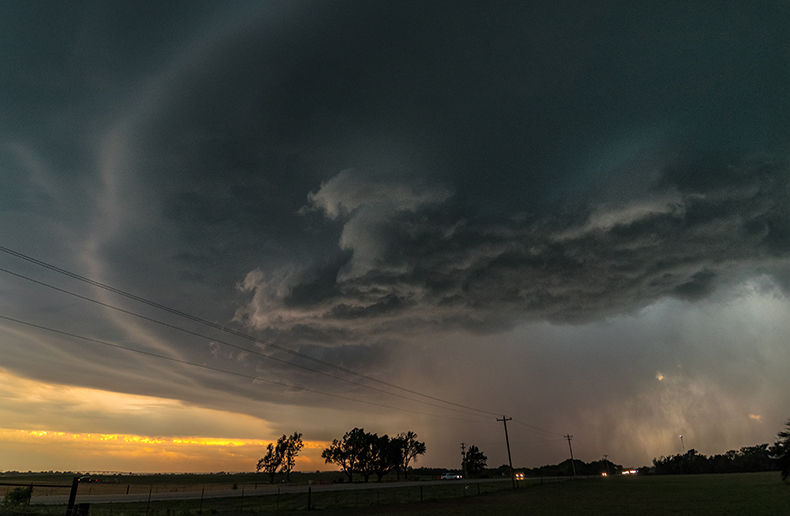The view from the mountain top is exhilarating. But, as any mountaineer will tell you, after an arduous climb, the time spent at the top is very brief. For the property and casualty insurance industry, 2004 was an exceptional year, and no one expects to see those financial results again any time soon.
The year 2004 will go down in history as the year of the Great Financial Turnaround in the Canadian P&C insurance industry. Exceptional results. The most impressive in two decades. Enough to delight any insurer… and its shareholders.
The results were so dazzling that insurers had to face down outraged public opinion to defend profits and returns they deemed only fair after twenty years of destitution. While the economy as a whole grew steadily during the 1990s, insurers lost money in their supposed area of expertise: underwriting, the complicated art of risk management.
The bursting of the Internet bubble and the September 11 attacks forced insurers to face the music. Deprived of their investment earnings, they had to become more disciplined. Five years later, repeated rate hikes and tighter underwriting – the signs of a hardening market – finally paid off: Canada’s 206 P&C insurers declared overall profits of $4.2 billion in 2004.
Uncork the champagne!
There are five basic reasons the overwhelming red ink began to give way to black on corporate balance sheets. Double-digit rate increases initiated by reinsurers threatening to leave Canada occurred in all sectors of activity – particularly public liability – in response to lawsuits resulting from the bursting Internet stock market bubble and, above all, these hikes hit the huge car insurance market, responsible for 50% of premium volume in Canada.
Reforms carried out in Ontario, the Maritimes, and Alberta also sounded the death knell for excessive claims, particularly in the Toronto market.
The shift was so dramatic that some insurers began 2005 by lowering their rates. Others reinvested in territories they had previously abandoned, such as New Brunswick, for example, where Bernard Lord, the outgoing premier, was re-elected after a campaign treating voters to a crash course in the workings of the insurance industry. Only Albertans have yet to enjoy the fruits of the reforms carried out by the Klein government and insurers in that province.
More good news for insurers was the exceptional performance of the Facility Association, the insurer of last resort for high-risk drivers. In 2003, this non-profit corporation posted a deficit of $500 million, which was immediately absorbed by P&C insurers. In 2004, instead of the expected zero deficit, the Facility Association is expecting to redistribute a surplus of $400 million to insurers.
The year 2004 also saw an upswing in financial markets. After three years of stagnation, the life preserver extended to insurers during the 1990’s again turned in a positive performance, and investment income was unexpectedly high.
Finally, clients were nervous. After three years of steady premium hikes, they no longer dared make claims for fender benders or break-ins. To the point that insurers, worried their already shaky public image would be further damaged, felt obliged to remind clients of their rights. In the meantime, consumers’ reluctance to file claims worked in favour of the insurers bottom line.
The party’s over
But insurers are under no illusions. Record profits like those posted in 2004 are the exception for an industry incapable of disciplining itself. Policy owners have once again begun to file claims. Facility will not again generate a surprise surplus in 2005. And the hard market is already history, as demonstrated by the lowering of rates in several markets.
Insurers swear they will not repeat the folly of the 1990s, however, when profits came basically from investments in steadily rising financial markets. That avenue is closed to them, and they must now follow the good old recipe they seemed to have forgotten for almost twenty years: underwriting based on risk rather than on capturing market share.






